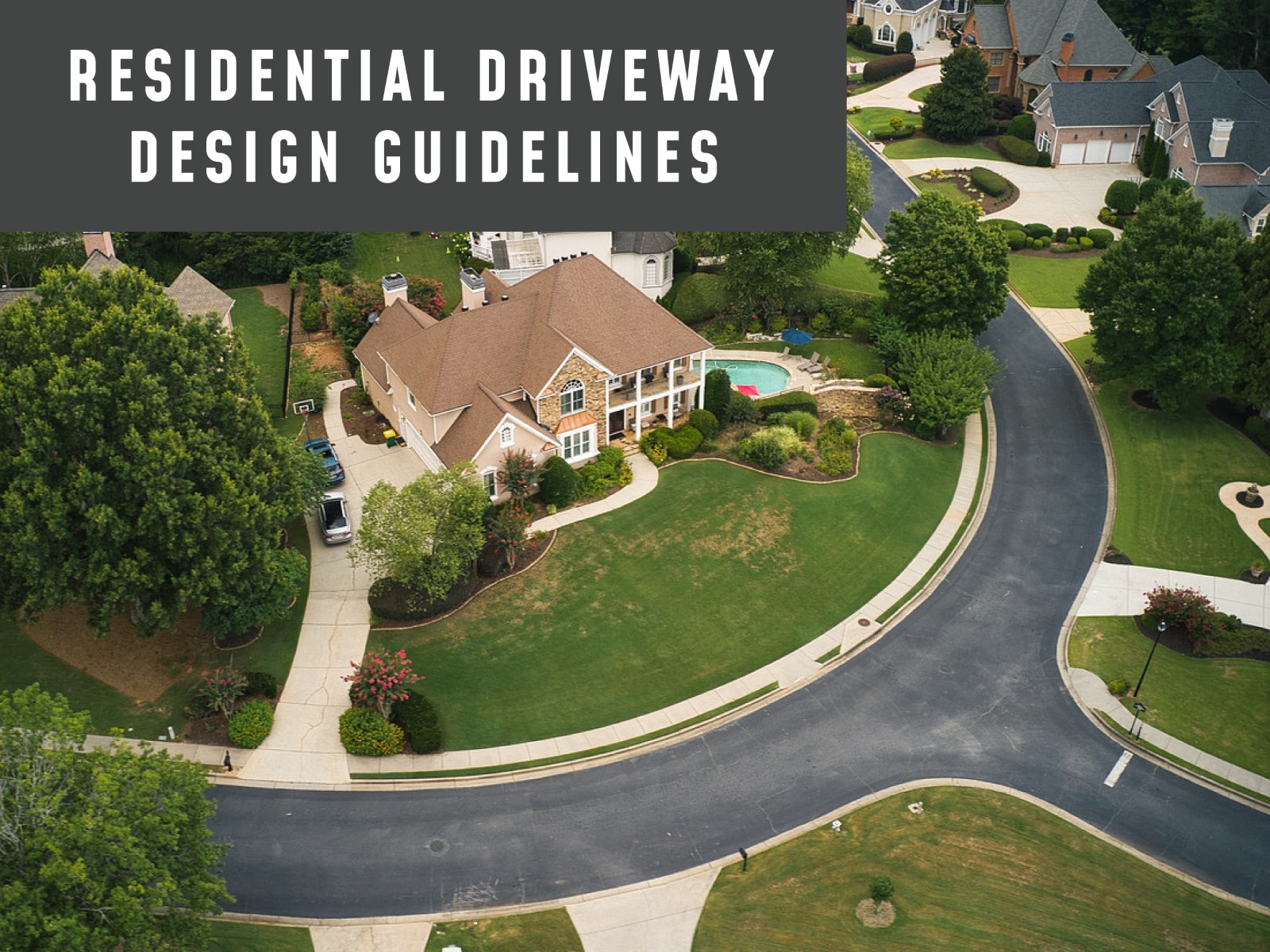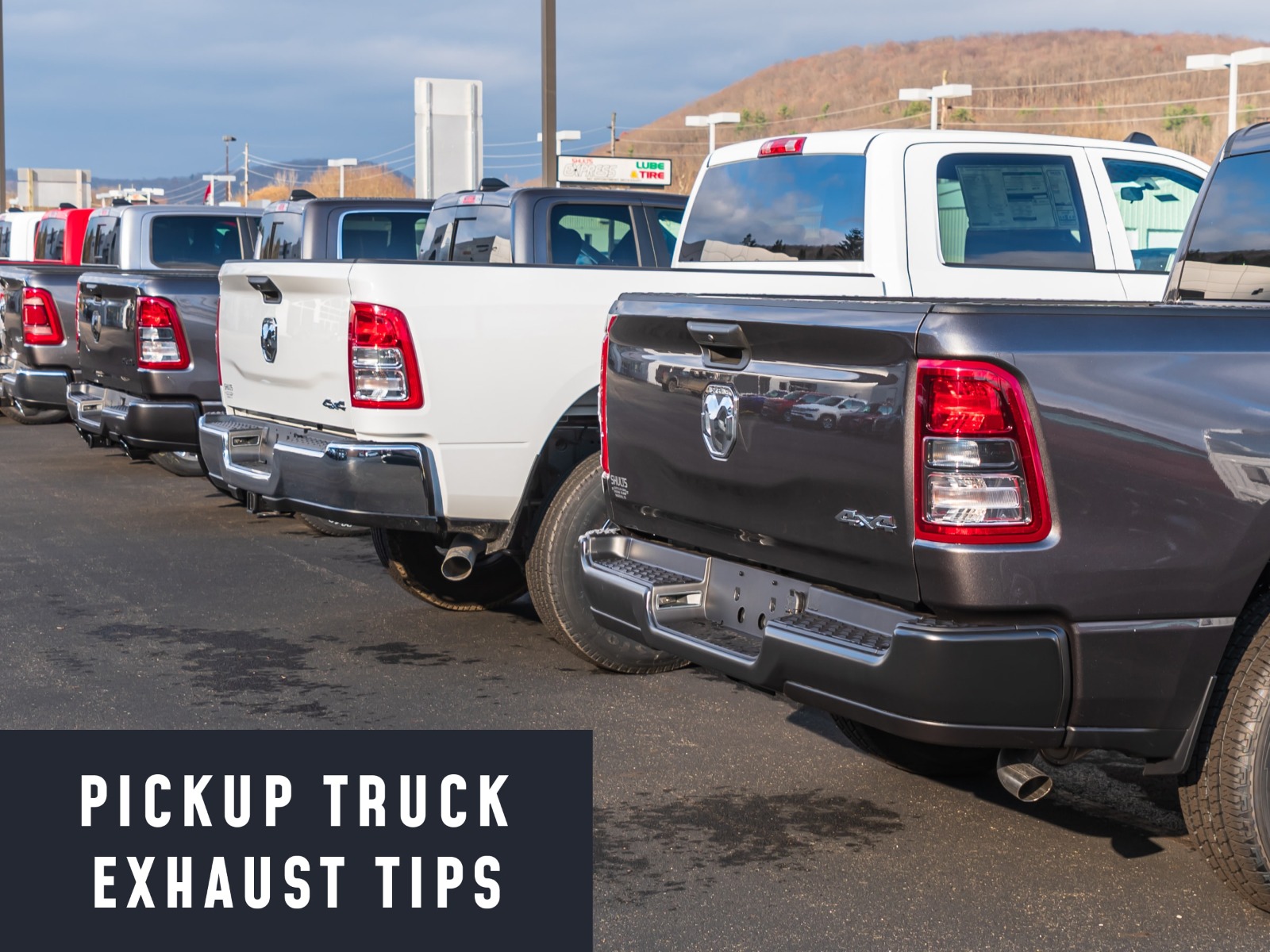A solid, high-quality backup camera is an essential investment to raise your confidence and safety while reversing a vehicle. This is especially important in large vehicles or trucks with trailers or equipment, which can be difficult to maneuver and create blind spots. A backup camera is a simple solution that is easy to install yourself to eliminate blind spots and help you maneuver with ease and confidence, instead of straining your neck and risking dents and dings. But not every backup camera installation is a straightforward one, such as instances where the tailgate of a truck is removed to accommodate equipment and hauling needs.
This was the case of one man driving a 2019 Ford F-250 equipped with a tailgate salt spreader. The salt spreader is large enough to block the driver’s rear view, while also extending from the back of the truck. This made it challenging to safely back the truck out of driveways, in parking lots, and down streets. A backup camera was the obvious solution, but most backup cameras are installed on a truck’s tailgate. The tailgate was removed from the bed to accommodate the spreader, leaving few options for locations to install the backup camera.
So, how do you install a backup camera on a truck without a tailgate? Thanks to Camera Source, backup cameras are not only easy to install yourself, they are easy to customize to accommodate your unique needs. Continue reading to find out how to install an OEM backup camera on Ford SuperDuty with the tailgate removed, and watch the video posted by DS Trucks
Getting Started
Every Camera Source backup camera installation kit comes with easy step by step instructions for DIY installation. Since the truck owner in the video doesn’t have a tailgate to install the backup camera on, they got creative and installed the camera directly on the salt spreader. We’ll summarize how they did it and compare and contrast what they did with the typical installation process, along with tips on other ways to customize and improvise.
Required Tools
-
Phillips head screwdriver
-
Tape measure
-
Drill
-
14mm or 9/16” drill bit
-
File for deburring
-
Rubbing alcohol
Included in the kit
-
Camera bezel
-
Wire Harness
-
4 housing screws
-
2 self tapping installation screws
Step 1. Identify the Center of the Vehicle
You want to install the camera at the center of the vehicle for the best viewing angle. On a Ford SuperDuty, that’s usually around 48 inches high. You will see in the video that they determined the center height by recognizing where the backup camera was positioned on the tailgate before it was removed. For their purposes with the salt spreader, they preferred the viewing angle when the camera was positioned at a height of 58 inches.
Modifying the height of the camera makes a big difference because it can give you a smaller or wider field of vision. You will notice in the video, the installer wasn’t able to see the end of the salt spreader, but they had a longer range of view of the area behind them. At this height, they were comfortable with the level of visibility of the area behind the truck and of the salt spreader to monitor it.
Step 2. Clean the Surface & Adhere the Camera
Clean the surface where you’re going to be installing and mounting the camera so the adhesive will stick while securing it with screws. Remember you’re going to need to drill 9/16” holes in the surface you're attaching the backup camera to.
One of the nice features of Camera Source backup cameras is that the enclosures include adhesive strips to help determine the ideal placement and hold the camera in place until it is secured with screws. Since this truck was already equipped with a backup camera and monitor, they were easily able to connect the camera and check the field of vision for adjustments before attaching it with screws.
Step 3. Wiring & Attaching the Camera
Usually when you install a backup camera, you drill into the surface of the vehicle to run the wiring through the interior to the power source under the spare tire or under the bumper. In the video, since they can’t run the wire through the salt spreader, they made a slight alteration to the camera housing to accommodate for this. They drilled a small hole on the side to allow the wire to exit the housing and along the exterior.
Then they secured the wiring with tape along the exterior and bundled the excess wiring with a rubber band to prevent it from hanging down and snagging. From there, the wire could be run through the holes for the previous camera and plugged in.
Once the camera is positioned where you like it, screw the camera in place inside the enclosure, and screw the enclosure to the surface.
Backup Camera Solutions
You may notice in the video, that some backup camera systems are designed to allow for multiple cameras for multiple viewing angles. This is especially helpful in situations where a driver needs to be able to see behind the equipment they are operating, as well as the equipment itself to make sure it’s properly operating. Multiple cameras are also helpful for hitching trailers to trucks and backing trailers up with ease. Whatever the case, maximizing your range of vision is always great for safety and convenience. Browse our selection of backup cameras. If you’re looking for unique backup camera installation solutions, browse our expansive selection of cameras, start exploring our resources, or contact us for a custom order if you can’t find what you’re looking for.








